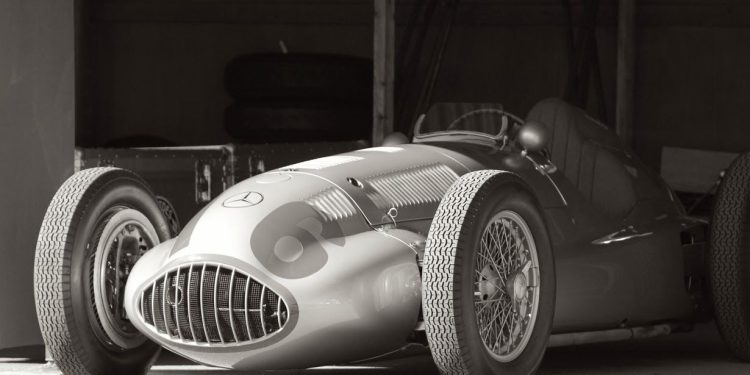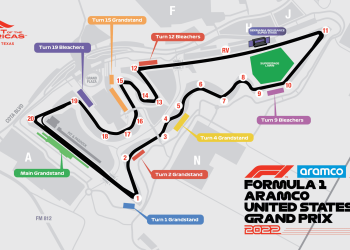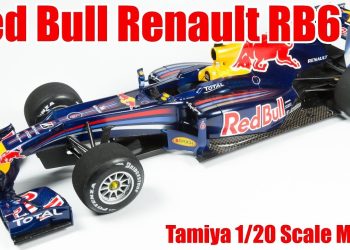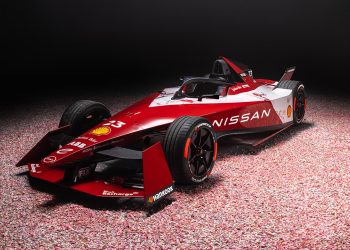When we think about the glamour and excitement of motorsports, the 1947 Formula One season often pops into enthusiasts’ minds. It was a time of rebirth and innovation, marking a significant era right after the war’s shadows. But how did it all start, and why does this particular season hold such a special place in the annals of racing history?
The Dawn of a New Racing Era
Following the catastrophic World War II, the world desperately sought normalcy and excitement. The racing circuits provided just that, a thrilling escape from the harsh realities. Interestingly, the 1947 Formula One season wasn’t officially part of the World Championship which wouldn’t kick off until 1950, but it set the stage. The races were primarily non-championship, yet they attracted top-class drivers who were eager to race once more.
Why 1947 Was Special
While the races intricately associated with the season might not have directly counted towards a world championship, they had a simple purpose: to revive the sport. They served as a testing ground for evolving rules, vehicle adjustments, and, quite significantly, human endurance. Some would argue that these races were about reigniting the competitive spirit that the war had dampened.
The Pioneers of the Track
You might wonder who took to the tracks during this pivotal year. Drivers like Luigi Villoresi, Achille Varzi, and Carlo Felice Trossi carved their names into motorsport legend. Each of these racers exhibited not just skill but a fervent joy for racing, against the odds and sometimes against technology itself.
Historical Note: Juan Manuel Fangio, who would later become a five-time Formula One World Champion, began his European racing journey in this contiguous post-war era. His entry signified a burgeoning future talent pool that would shape Formula One for decades.
Mechanics and Innovations
Let’s talk cars, shall we? The technological limitations of the early post-war period led to some fascinating mechanical ingenuity. The Alfa Romeo 158, also known as the Alfetta, became a recurring victor, showcasing the Italian knack for sleek, powerful designs. Even so, many cars during the 1947 season were once road vehicles, modified with aspirations to edge past competitors.
Possibly the most exciting aspect of the 1947 season was the burgeoning spirit of innovation seen in constructors’ garages. Mechanics and engineers, fresh from contributing to wartime machinery and aviation, injected fresh ideas into car designs, utilizing their wartime experience to push the boundaries of speed and efficiency.
Engineering Challenges
The technical challenges faced then are almost unimaginable now. The post-war rationing meant that sourcing materials was no easy task; each component was precious. Reliable, powerful engines were a rarity, and trial and error became part of the game.
The Adrenaline-Charged Circuits
From the streets to purpose-built tracks, the circuits of 1947 held their own stories. Places like the Grand Prix of Bari, with its tight, challenging corners, tested drivers’ mettle. The intricate layout of circuits injected a raw sense of unpredictability into every race. Have you ever felt that tingle in your fingers when you tightly grip a steering wheel? Imagine that amplified tenfold as you tackle these legendary circuits.
It’s fascinating to note that most races were held over the old city roads, a far cry from the finely-tuned tracks of today.
Speed Meets Strategy
Behind the roar of tires, strategic play was crucial. The races were marathons more than sprints — drivers needed not just speed but wits alike. Planning pit stops (though a far cry from the lightning-speed pit changes we see today) became a tactical element that could make or break a race.
Drivers like Nino Farina were renowned for their disciplined driving style, mixing strategic conservatism with well-timed bursts of speed to fend off the competition.
The Fans: Heartbeat of the Race
Picture the stands filled with thousands, eyes fixated on the racers — for many, attending was an emotional pilgrimage, a testament to human resilience. Fans during 1947 attended not just to witness speed but to be part of rebirth, reclamation of fun, and normalcy. This shared experience was a powerful driver, fueling the race weekend ambiance, much like the roar of engines in the distance.
Did You Know?
Post-War Culture: A significant chunk of racing fans during this era had never even seen a car capable of such speeds pre-war. The spectacle of high-speed racing was an unimaginable marvel, a rush that no other experience offered.
FAQs on the 1947 Formula One Season
What was unique about the 1947 season compared to later years? It was a foundation-building season devoid of official championship standings, focusing instead on rekindling global interest in motor racing.
Were there any notable incidents during the season? Yes, the races were rife with mechanical failures and the unpredictability of racing freshly modified road cars, making every victory hard-earned.
How did the 1947 season influence Formula One’s future? It set the groundwork for the format and technology seen in later championships, encouraging more structured racing approaches and more focused car designs.
The Legacy of 1947: Rewriting Racing’s Future
Capturing the essence of the 1947 Formula One season, it’s not just about the competitions but the human stories etched onto the tarmac, making it a significant year of new beginnings in motorsport history. It bridged a gap from pre-war racing to what would evolve into the modern sport we cherish today.
Despite facing mammoth challenges, the fervor and persistence of those involved in this niche hobby laid down a legacy crafted from pure love for speed and adventure. Whether you’re a die-hard fan or a casual observer, the heartbeats of the 1947 season echo today, a testament to racing’s indomitable spirit.

Now, why not stick around and explore more intriguing articles loaded with history, adrenaline, and tales of triumph on our pages? Thanks for joining this riveting journey down memory lane. We’ll see you on the racetrack!
| Race | Winning Driver | Winning Car |
|---|---|---|
| Grand Prix of Bari | Nino Farina | Alfa Romeo 158 |
| Grand Prix of Nice | Luigi Villoresi | Maserati 4CL |
| Swiss Grand Prix | Achille Varzi | Alfa Romeo 158 |
- Fuel Limitations: Scarcity of petrol due to continued rationing meant races were not just about speed but also fuel efficiency.
- Track Variety: The diversity of track surfaces — from cobblestone streets to early racing asphalt — added a challenge.















